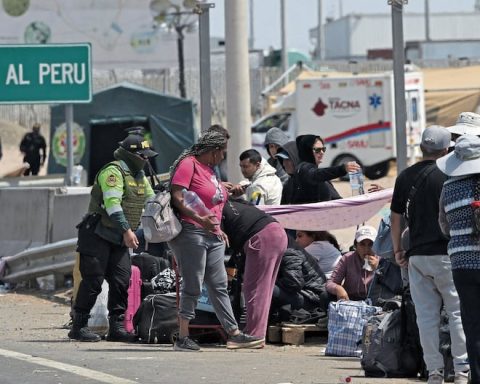After two years of the pandemic, in 2021 the wages Real averages of Ecuador, the Dominican Republic, Bolivia and Peru registered contractions of more than 10% compared to 2019, highlights the Economic Commission for Latin America and the Caribbean (ECLAC) in its recent report Labor Situation in Latin America and the Caribbean.
The Dominican Republic is one of the countries where the most noticeable effects of the increase in inflation are perceived in wages real minimums with the decrease in the purchasing power of wage earners, due to the increase in the prices of products and services of the basic family basket.
The real salary is the one that represents the nominal salary in relation to prices, that is, it represents the purchasing power of the salary. This salary may vary due to inflationary effects, since the price of goods and services in the market is altered.
statistics of the ECLAC indicate that the average of the variation of the wages lows at the regional level tended to slow down in the second half of 2020 and to be increasingly negative in 2021, as the inflation biannual.
In this context, the international organization considers it essential to adopt measures to mitigate the impact of inflation on household income, in order to avoid the effects that the joint action of a slowdown in growth and an increase in inflation they may have on poverty and inequality.
Wages
In the case of the Dominican Republic, almost a year after the National Salary Committee (CNS) approved an increase of 24%, on average, of the wages non-sectorized minimums, a review should be considered to help employees face the growing inflation which depresses the value of their salaries by 10%, due to inflationary pressure due to the war between Russia and Ukraine.
Non-sectorized minimum wages went, in the case of large companies, from 17,610 pesos per month in 2019 to 21,000 pesos in 2021, medium-sized companies from 12,107 pesos to 19,250 pesos and the salary of small companies went from 10,730 pesos to 12,900 pesos per year past. After adjusting the wages a new line of micro-enterprises was created, which have a minimum wage of 11,900 pesos.
The document segments the evolution of wages by type of population, in the case of the country, the average salary of women registered a contraction of over 10% and in terms of the salary of young people, it was highlighted that the variation was less than 5%.
The ECLAC emphasizes that, given the acceleration of the inflation throughout 2021, the purchasing power of wages was negatively impacted. “This could even worsen in 2022, when even greater increases in the inflation”, says the report.
In that sense, Free Journal carried out, a month ago, a survey of the prices of 32 mass consumption products in 2019 and compared them with those of 2022, reflecting an increase of 15.5% in the cost of a purchase that includes the unit quantities of the selected items . The cost of the purchase went from 3,110 pesos in 2019 to 4,187 pesos.
The inflation YoY of the country, measured from June 2021 to June 2022, stands at 9.48%. According to the consumer price index (IPC) of the Central Bank (BC).


















